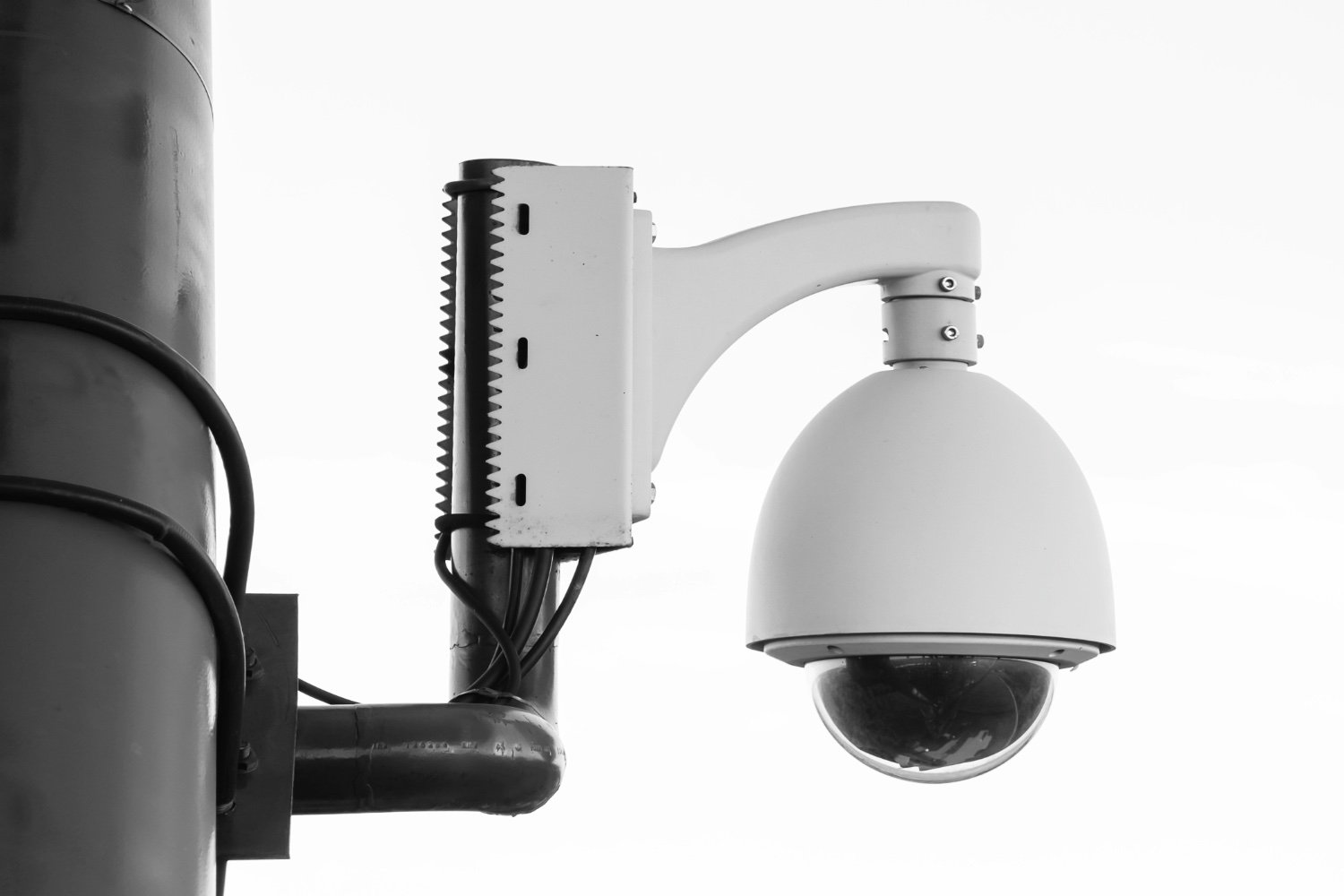Ahead of Alzheimer’s. It is a simple but difficult objective to achieve since the symptoms of this disease tend to appear when the disorder is advanced and has already caused important damage to our brain. A difficult objective but that can help us treat the disease more effectively, managing to delay the appearance of some of its symptoms such as cognitive deterioration.
Maybe one day helps us cure it.
In the blood. A group of researchers has tested a new blood test aimed at the early detection of Alzheimer’s disease. The test is based on a biomarker present in the blood, P-TAU217, which shows changes long before the appearance of symptoms in people with the disease.
The study showed precision when detecting the disease greater than 90%. These results also did not depend on the age or gender of the participants, either on the existence of comorbidities or whether the test was carried out by specialists or primary care personnel.
This marker can be measured with simple and cheap tools and the process is automatic, which can facilitate detection in various circumstances, democratizing the diagnosis of the disease. “This is an important step to bring simple blood tests for Alzheimer’s disease to health systems around the world,” said the team responsible for the essay in a press release.
P-tau217. Detection methods based on the P-TAU217 compound are not exactly new. These types of tools are already implemented in the United States and it is expected that they will soon reach the rest of the world, says the team itself.
The new method seeks to offer a simpler alternative to the available tools. The new study analyzed the precision of this New Test in the conditions in which it would be used, not only in specialized clinics but also in primary care.
In three countries. The essay was carried out from 1,767 participants with cognitive symptoms distributed in three countries: Spain, Italy and Sweden. The details of the study were published in an article in the magazine Nature Medicine.
The New Test included two cut points. One of them served to interpret the negative results: from this threshold the test rules out the presence of the disease. The second of the cut points serves to find the positive ones: this threshold shows the presence of the disease.
This leaves, between one cut and another, a “gray zone” in which the results are inconcuing, however the use of a test with a single threshold slightly reduced the accuracy of the diagnostic tool.
Above 90%. The study showed that the test achieved an accuracy between 92% and 94% when used in its two cuts mode. However, this precision fell to levels between 83% and 87% when only a cutting point was used and applied to more advanced ages.
“When the method was tested in patient Grupos, the precision was between 92% and 94%,” explained Noëlle Warmenhoven, first signatory of the study. “This is promising since this method will probably become one of the most used in clinical practice around the world.”
In WorldOfSoftware | We have a new “theory of all” to understand Alzheimer’s. Your key is in small granules
Image | Kaboomps.com












